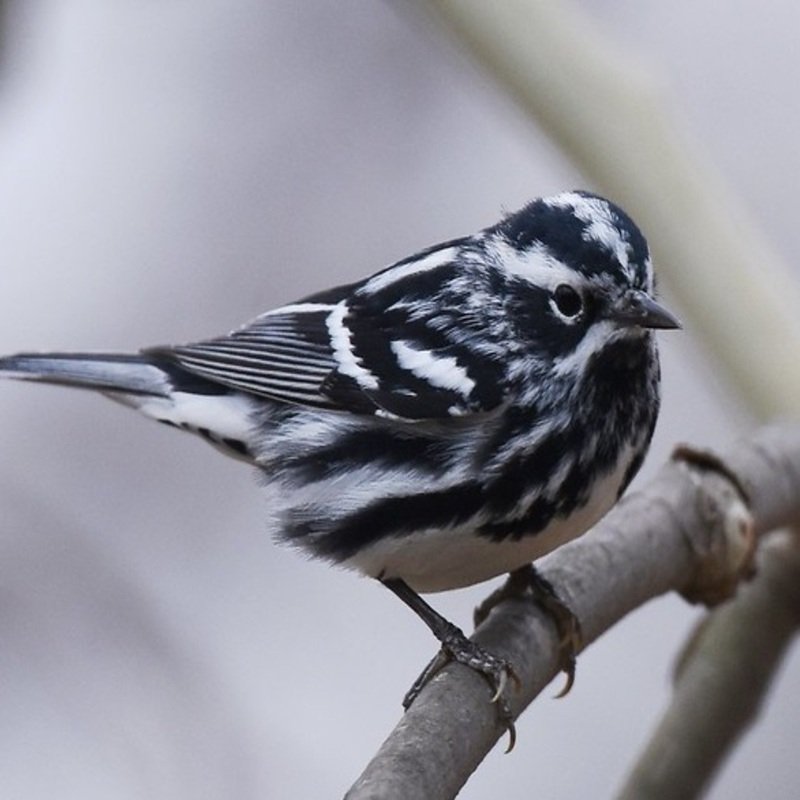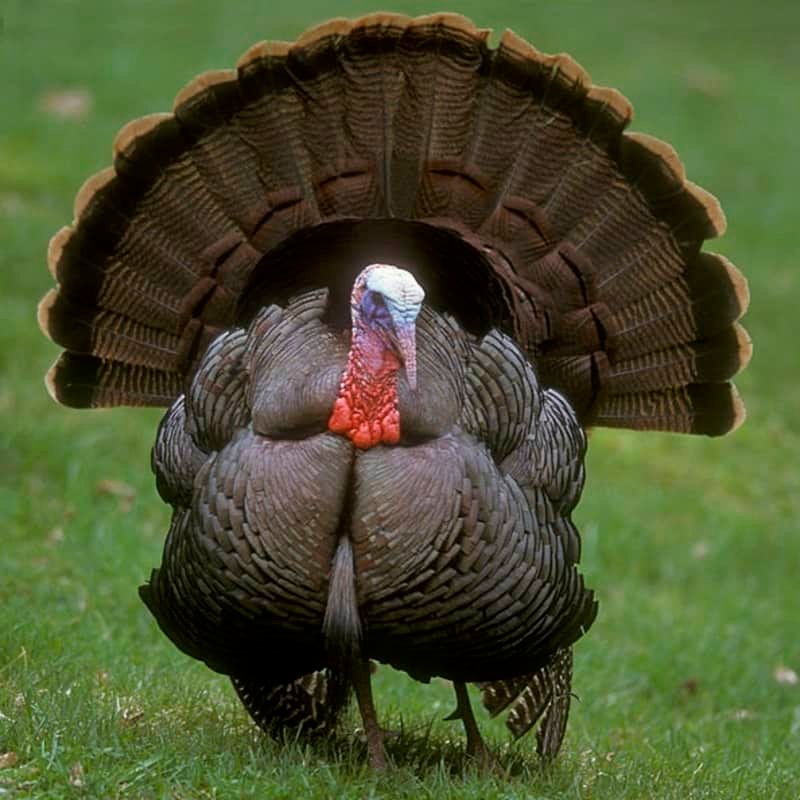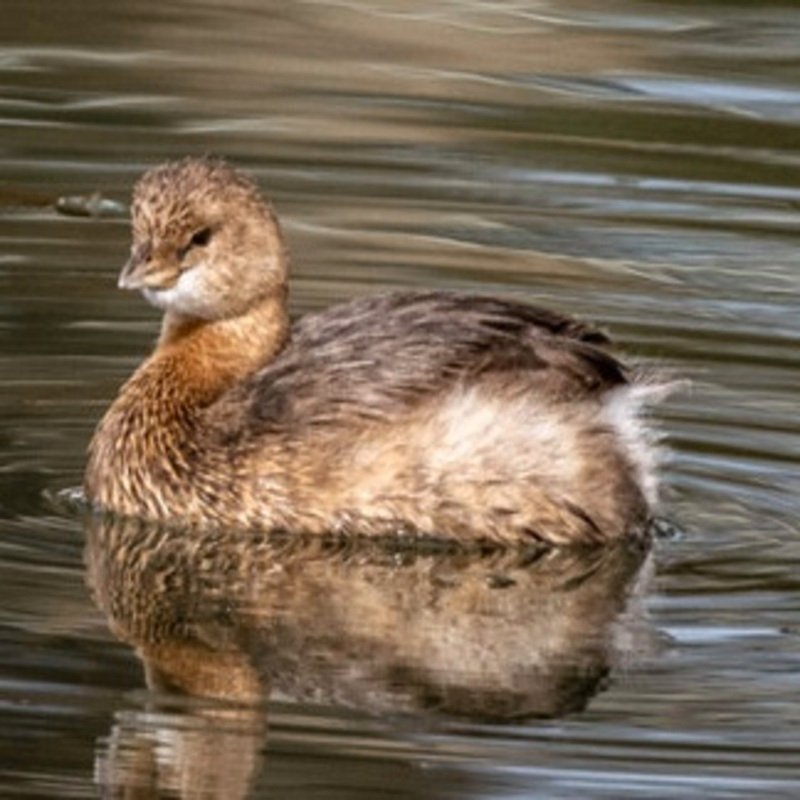A New World warbler is the common yellowthroat (Geothlypis trichas). It’s also known as the yellow bandit in the Midwest of the United States. Trikhas is a type of thrush whose name is derived from the Greek word trikhos, which means “hair.” Quick Overview: Geothlypis Trichas – Common YellowthroatBody size: Around 5 in (13 cm) […]
Leiothlypis Virginiae – Virginia Warbler
The Virginia warbler (Leiothlypis virginiae) is a New World warbler species. Contrary to popular belief, the Virginia’s warbler is not named after the American state of Virginia, which makes sense given the birds’ regular range extends only as far east as Texas. The bird was called Virginia Anderson in honor of her husband, an army […]
Limnothlypis Swainsonii – Swainson’s Warbler
Swainson’s warbler (Limnothlypis swainsonii) is a tiny warbler species indigenous to the New World. It is a monotypic species, the sole representative of the genus Limnothlypis. Swainson’s warbler was named after English ornithologist William Swainson. Quick Overview: Limnothlypis Swainsonii – Swainson’s WarblerBody size: Around 5-5.5 in (13-14 cm) and a weight of 20 g (0.7 […]
Mniotilta Varia – Black-And-White Warbler
The black-and-white warbler (Mniotilta varia) is a New World warbler species that is the sole representative of the genus Mniotilta. It is understudied in comparison to other New World warblers. Quick Overview: Mniotilta Varia – Black-And-White WarblerBody size: Around 5 in (13 cm) and a weight of 11 g (0.4 oz). Main colors: Black, White […]
Myiarchus Crinitus – Great Crested Flycatcher
The great crested flycatcher, Myiarchus crinitus is a big insectivorous bird belonging to the family of tyrant flycatchers. It is the most widespread species of the genus Myiarchus in North America, occupying the majority of the continent’s eastern and midwestern regions. It is usually found in the trees and is very rarely seen on the […]
Fulica Americana – American Coot
The American coot, Fulica americana, alternatively known as the mud hen or pouldeau, is a member of the Rallidae family of birds. Though sometimes confused with ducks, American coots are only distantly related to ducks and are classified as a distinct order. In contrast to ducks, who have webbed feet, coots have broad, lobed scales […]
Catharus fuscescens – Veery
The veery, Catharus fuscescens is a tiny North American thrush species. It is one of a group of closely related and similar species in the genus Catharus, which also includes the gray-cheeked thrush, Bicknell’s thrush, Swainson’s thrush, and Hermit thrush. Wilson’s thrush (named after Alexander Wilson) and tawny thrush are other names for this species. […]
Euphagus Cyanocephalus – Brewer’s Blackbird
Brewer’s blackbird, Euphagus cyanocephalus was named by ornithologist Thomas Mayo Brewer. The male Brewer’s Blackbird is a lustrous mixture of black, midnight blue, and metallic green. Females lack the male’s brilliant eye and female Red-winged Blackbird’s streaks. Quick Overview: Euphagus Cyanocephalus – Brewer’s BlackbirdBody size: Around 8.75-10.25 in (22-26 cm) and a weight of 68 […]
Meleagris Gallopavo – Wild Turkey
The wild turkey (Meleagris gallopavo) is the biggest member of the order Galliformes and one of two extant turkey species. It is the progenitor of the domestic turkey, which came from a wild turkey subspecies from southern Mexico (not the related ocellated turkey). The turkey gained its name from the domesticated type transported to Britain […]
Podilymbus Podiceps – Pied-Billed Grebe
The pied-billed grebe, or the Podilymbus podiceps is a grebe species. The Atitlán grebe (Podilymbus gigas) is now extinct, leaving the Pied-Billed Grebe as the only living member of the species in the family of Podicipedidae. The pied-billed grebe inhabits ponds in the Americas. Quick Overview: Podilymbus Podiceps – Pied-Billed GrebeBody size: Around 9-10 in […]





